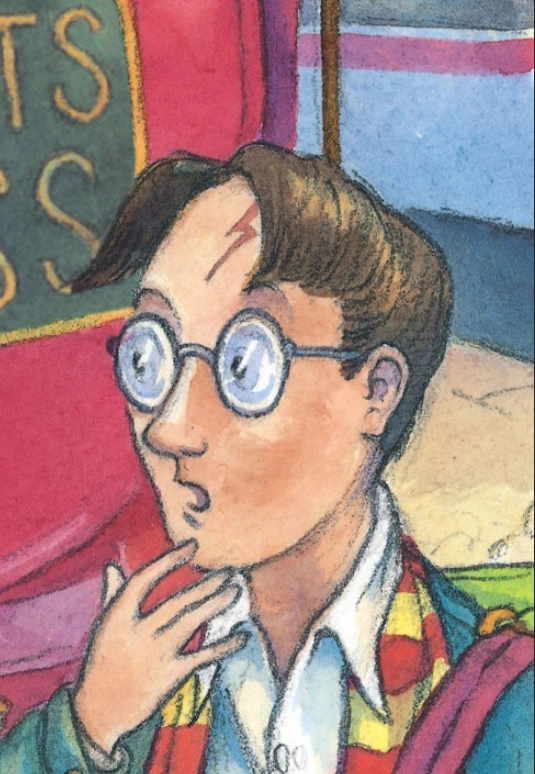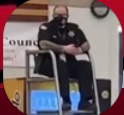“Ahh yes, this will hide the cigarette stains.”
- 2 Posts
- 66 Comments

 1·1 month ago
1·1 month agoTrue. You can shoot lasers and such through a lot of things, but I am trying to describe a phenomenon in relatively simple language without getting too bogged down in the technical details. The question was about flowing liquids, so I assumed it was understood that that was what I was talking about.

 70·1 month ago
70·1 month agoSound is transferred through a medium literally as a wave. When you get right down to the core of it, the wave requires movement within the medium to transmit.
So it might help to conceptualize it not as “Liquid cannot move faster than the speed of sound in it’s medium” but more like “The speed of sound in a liquid medium is defined by the speed at which energy can propagate in that system, which includes motion.”

 3·3 months ago
3·3 months agoI think the main contention with pineapple on pizza is that pizza is often a shared meal. Burgers wouldn’t be an issue there.

 28·3 months ago
28·3 months agoMy problem is I LOVE cars. I didn’t realize this was c/fuckcars when I posted. Woops.
Honestly, you are still in the right community.
Making sure that there are plenty of public transit options, and making it so that a car is not the only possible form of transportation helps get people who don’t want to be a part of traffic out of traffic.
People who love to drive should really be the ones most loudly pushing for the end of car-dependency.

 6·4 months ago
6·4 months agoIs there a specific element or specific songs that seem to stick better than others? Or are you just looking for general electronic trip hop artists?

 22·4 months ago
22·4 months agoIn Japan they have rail lines that seamlessly integrate with the metro system of large cities.
And even if cars for rural users is necessary, their driving experience will be much smoother if all the other people have good access to transit.

 30·5 months ago
30·5 months agoIf I ride the disney cruise line am I a sailor?
If we allow space tourists to count as astronauts then it diminishes the actual heroes like Gagarin, Shepard, Tereshkova, Armstrong, or Sally Ride.
Plus. I really don’t want to have to call Branson or Bezos astronauts.

 71·5 months ago
71·5 months agoRevoking citizenship is a bad president.
He’s actively aiding and abbeding the government of a hostile foreign nation that has vocally demanded we scede our sovereignty and surrender our territory to them.
He should be charged with treason.
I’m being a bit hyperbolic, but I seem to recall them describing the snitch as ‘basically invisible’ and the players flying under the bleachers and into the stratosphere in pursuit of it. Those might be exceptions, maybe the frog only sometimes wanders out into the parking lot.
It’s worse than that though. The parking lot frog adds a huge, but not impossible, score to your team if you catch it AND it instantly ends the game.
So even if one team is absolutely crushing the other, it’s not actually going to even things out unless it is in a very specific range of uneven matches.
Being so overwhelmingly outclassed makes a neat sort of metagame about preventing the parking lot frog from being caught. Though the frog is apparently hard enough to catch even once that defending it is sort of besides the point. Even if the frog hunt suddenly has a second dynamic, it’s still taking place pretty much completely outside of the view of the audience.

 286·6 months ago
286·6 months agoIt should also be noted that you are not required to swear on the internet.

 7·7 months ago
7·7 months agoThey try to make a distinction when referring to kilocalories as Calories, it’s literally just that Calorie (kcal) is capitalized and calorie (cal) is not.
It’s a dumb system.

 19·7 months ago
19·7 months agoThe best time to plant a tree was twenty years ago. The second best is now.
 31·7 months ago
31·7 months agoThe best time to plant a tree was twenty years ago. The second best is now.

 181·10 months ago
181·10 months agoDepending on the manufacture date, the side windows on the model Y may be laminated glass. If that’s the case with yours, window smashers won’t work on those.
Sampson betrayed by Delilah.

 28·11 months ago
28·11 months agoI read explodicle’s comment as a reply to DeSantis who said “She has no role in this” in his rant.




The standard way to streak a plate involves creating a resevoir of the sample you are studying, then using a sterile tool to streak through that at a steep angle. Then you streak through the first streak with another sterile tool, and so on and so forth.
As you streak through lines, the amount of bacteria pulled along is reduced until you are able to isolate individual colonies.